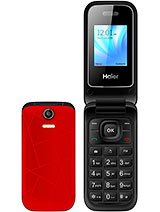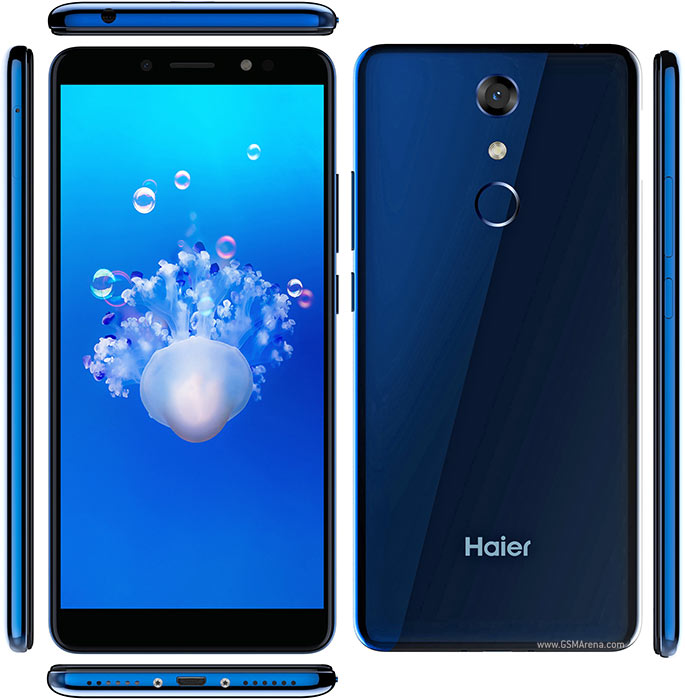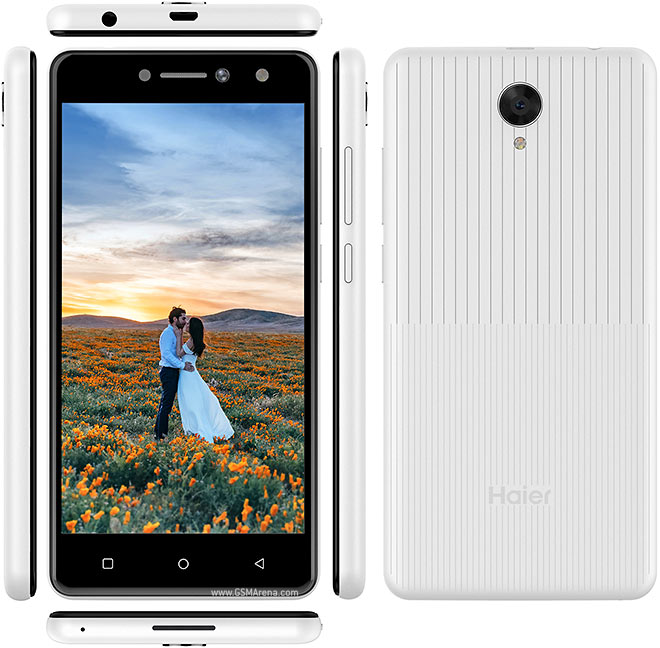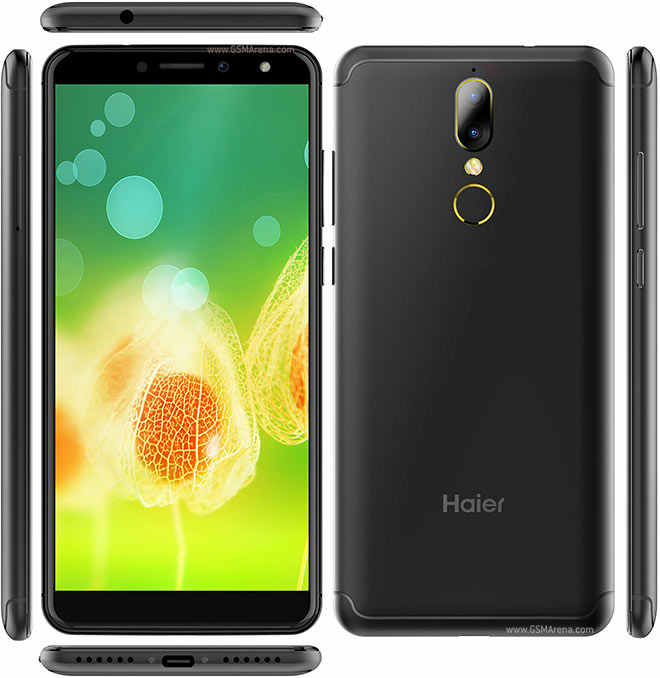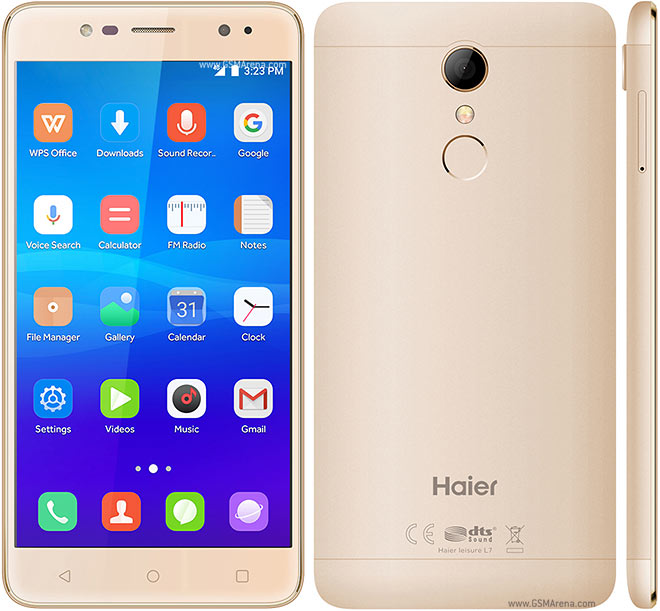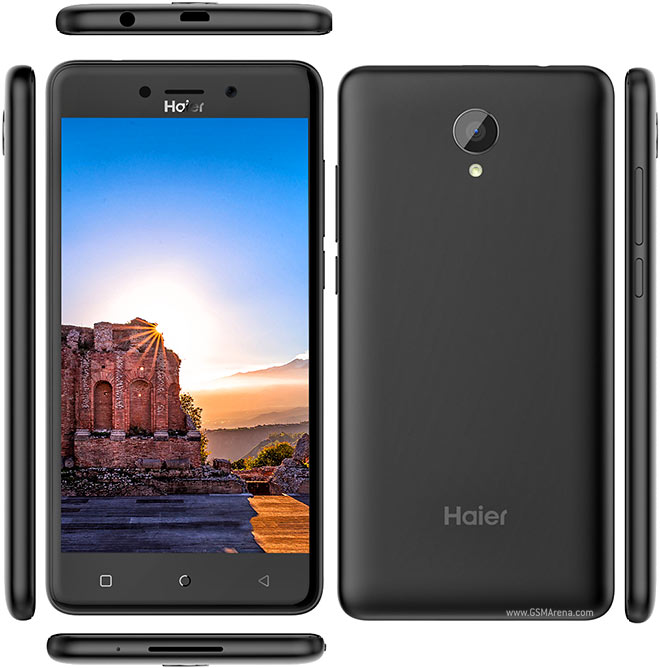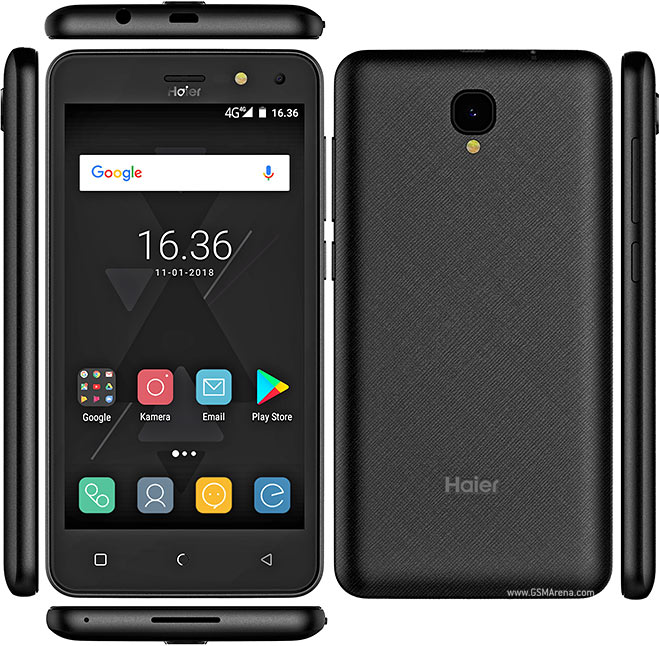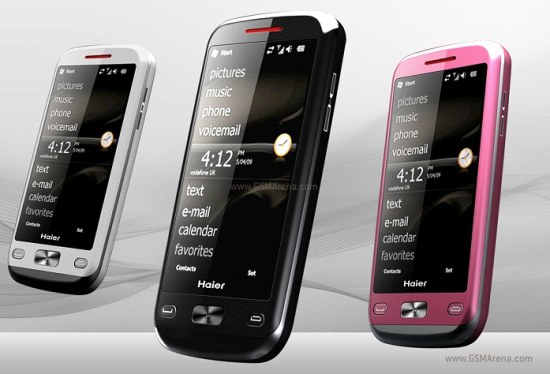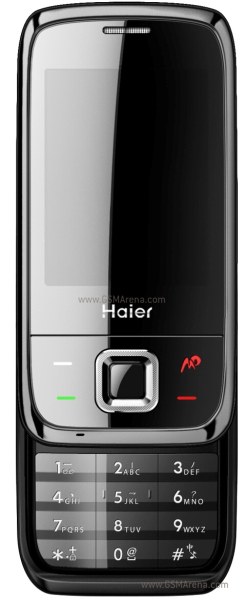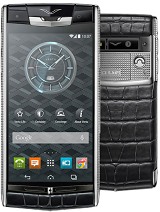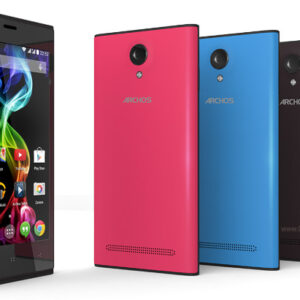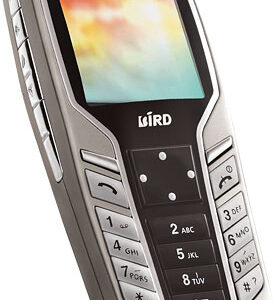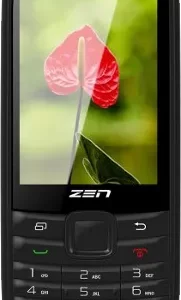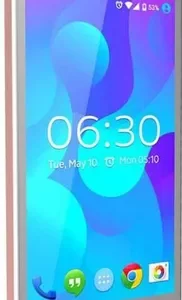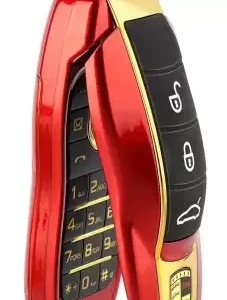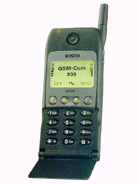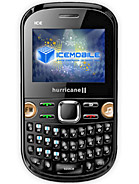Haier V160 Overall Review
The Haier V160, released in 2004, is a feature phone that reflects the early days of mobile technology evolution. This phone is characterized by its simplicity and functionality, aimed at users who prioritize essential mobile capabilities over the complexities of modern smartphones.
With a 65K color display, the V160 offers a basic but colorful interface for navigating its features. The phone is equipped with a modest 720 mAh battery, which is relatively standard for the period, providing sufficient power for daily tasks such as calling and texting without the need for frequent recharging.
Storage is minimal, with only 2 MB available, highlighting its focus on fundamental mobile functions without the storage demands of today’s app-driven smartphones. The Haier V160 stands out as a reminder of a time when mobile phones were primarily tools for communication, rather than the all-encompassing digital devices they have become.
Haier V160 Pros and Cons
Pros:
- Compact and lightweight design, easy to carry and handle.
- Simple user interface, catering to those who seek ease of use.
- Sufficient battery life for basic phone functions.
- Vibrant 65K color display for its time, offering a visually engaging experience for basic tasks.
Cons:
- Extremely limited storage capacity, restricting the number of contacts, messages, and any additional content.
- Lack of advanced features such as camera, internet browsing, and app support that are standard in modern mobile phones.
- Limited connectivity options, reflecting the technological standards of the early 2000s.

